Irish Women in the Antipodes: Foregrounded.
Editors: Susan Arthure, Stephanie James, Dymphna Lonergan, & Fidelma McCorry.
Wakefield Press, RRP $45.00.
The key word in the title of Irish Women in the Antipodes is ‘foregrounded’. It is about Irish women whose stories have never been told or who have been given very little recognition or acknowledgement considering their significant contribution to the history and European development of both Australia and New Zealand.
For the most part they have remained in the background or perhaps been given a mention as a footnote, but often they have not been mentioned at all. In the same way that women’s history is now starting to be told in all spheres of social, political and economic life, this book represents a very significant attempt to establish an understanding of the role that Irish women have played in Australian life from the time of the First Fleet, right up to post World War Two and the 1990s.
Irish women’s influence
The book is an anthology with contributions from various authors covering the stories of not just individual women but Irish women’s influence on Irish dance in Australia, education, the anti-conscription campaigns of the First World War, women’s suffrage and the battle to change the sexist nature of the Queensland Irish Association. Seven of the 16 chapters focus on South Australia, where previously very little research relating to the Irish and Irish women in particular had been done.
A few of the chapters are academic in nature and so represent a good starting point for anyone wishing to engage in further research and study. Note: That’s a word of warning for readers looking for a light read. Nevertheless, the book is breaking new ground and many of the stories that have not been told before give it a particular fascination. In that regard, they open up a new understanding of what life was like for Irish women in Australia, be they convict, free settler, bonded servant or women who came, often at a very young age, as part of the Famine Orphan Scheme from workhouses all across Ireland.
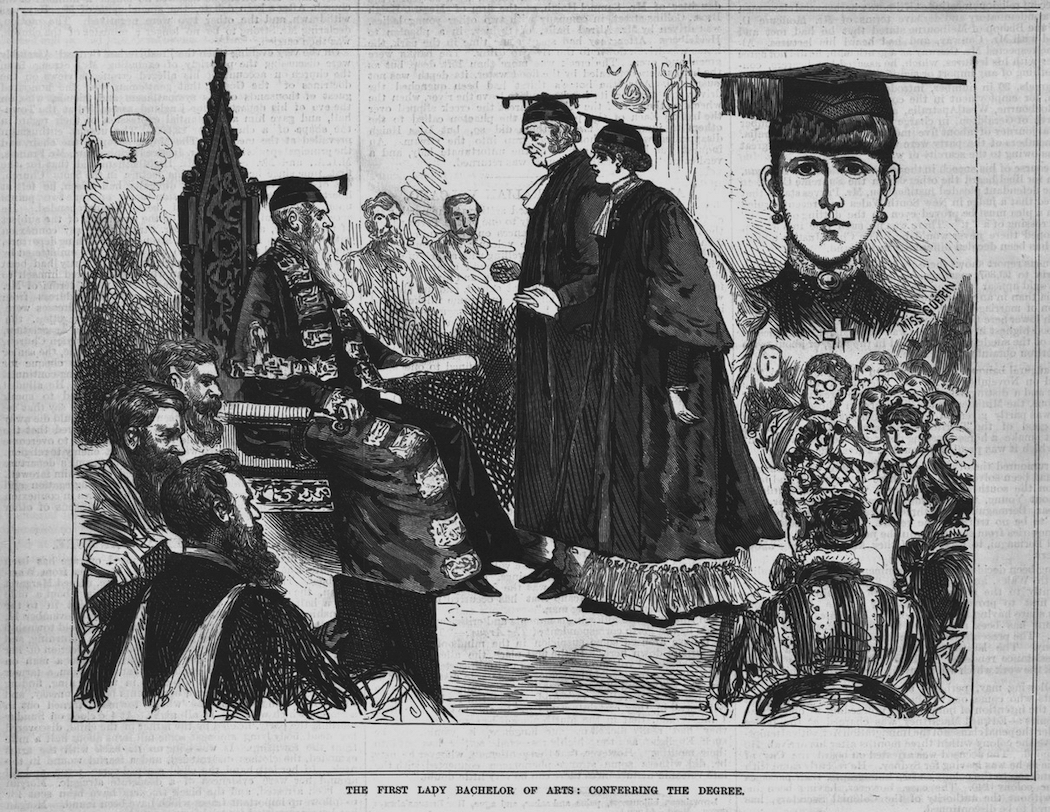
What stands out is the bravery and resilience of women who travelled halfway around the world, usually on their own, to a strange unknown land full of danger and uncertainty. Many of these women suffered discrimination in their new home, firstly because they were Irish and secondly because they were women.
One such story concerns Mary Geary, originally from County Carlow, and who in South Australia, became a live-in housekeeper to wealthy squatter John Hope. In 1863, Mary had the temerity to sue her employer for unpaid wages. Rory Hope brings this story to light mainly through the contemporary newspaper accounts of the court cases surrounding Mary’s experience and claims. Interestingly, the period of unpaid wages that Mary was suing for concerned a period of time when she went to Sydney to give birth to her employer’s child. This is the story of a woman of limited means and resources up against the South Australian establishment and a male-dominated legal system.
Mary’s story also highlights the plight of many young Irish women, such as the orphan girls, who, under what is called the Early Grey Scheme, mainly went into domestic service to fill a gap in the colonial workforce. In the story of those women in South Australia, Perry McIntyre points out that the scheme often didn’t work well. Many women were badly treated and could not actually find suitable work. In 1849, five of the women who arrived on the ship Elgin a year before as part of the scheme were charged in the Adelaide Police Court with being “filthy spoken street-walkers”. However, many women under the scheme, and others such as Anastasia Burke, did find a better life. Research into what happened to the orphan girls is still very much ongoing.
Women not given the recognition they deserve
What struck me particularly about these stories was the spirit and fight of women in the face of discrimination and adversity. In the chapter Rage and Resistance: Remembering the Women of Baker’s Flat, Susan Arthure recounts the saga of how the Irish women at Baker’s Flat, near the tin mining town of Kapunda in South Australia, fought over decades to retain possession of the land on which they had settled.
In doing so, she draws parallels with the tactics and approaches used in the Irish Land Wars from the 1880s onwards and particularly the major part played by women in that struggle. Arthure names many of the women which she says, as well as telling the story, is one way of redressing some of the power imbalance in their fight.
When it comes to any account of the anti-conscription campaigns during the First World War in Australia, the name that usually figures prominently is that of Archbishop Daniel Mannix. But as Jeff Kildea explains, there was ‘More than Mannix’. There were many very prominent Irish women, such as Agnes Macready, Agnes Murphy and Bella Guerin who played a major part in the campaigns and who with their art, poetry and public speaking helped to swing the vote. These women have not been given the recognition they deserve, and I was intrigued to learn their stories.
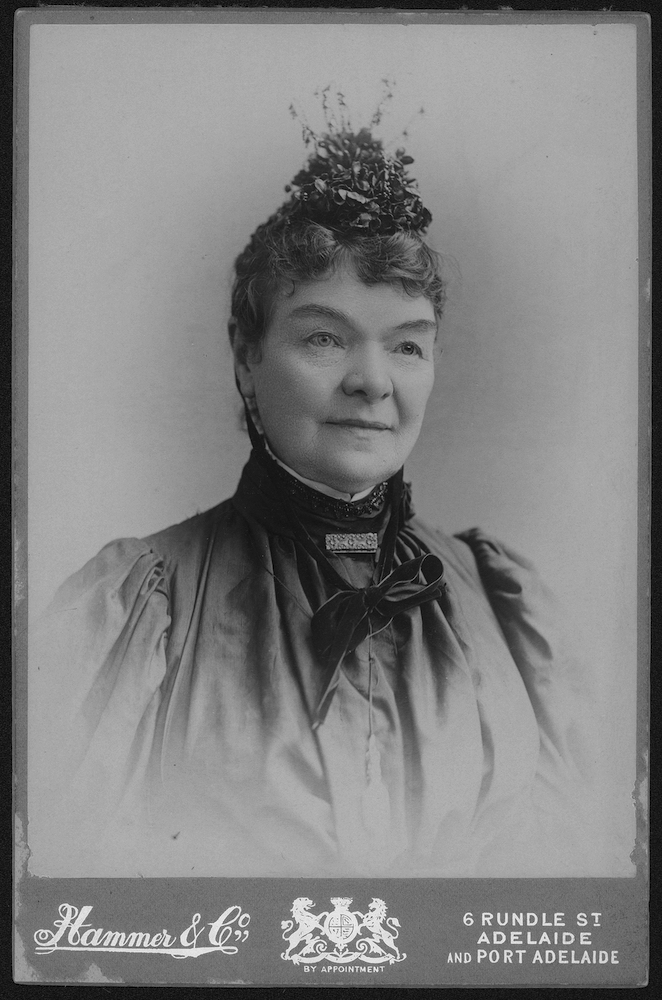
The story of Mary Lee (born Walsh) from County Monaghan might be better known than most, although I’ve never heard it mentioned very often when people proudly claim that Australia was the second nation in the world (behind New Zealand) to give women the vote. Australia was however the first nation to give women both the right to vote and to stand for parliament. Women obtained the right to vote in South Australia in 1894 and it was this legislation that meant women would also get the vote generally as a result of Federation.
This achievement was largely the work of Mary Lee and other women in the Women’s Suffrage League of South Australia. Mary Lee was an activist not just for women’s suffrage, but for a whole range of issues around inequality and social justice. For her efforts, she was condemned and ridiculed in the press, in Parliament and from the pulpit. She was labelled as ‘an Irish woman of the wrong sort’. Her story is inspiring and she deserves way more recognition than she gets, not just in Australia but around the world.
In the 2021 National Census, nearly 10 percent of the Australian population or nearly 2.5 million people identified as having some Irish ancestry, along with more than 80,000 people who were born in Ireland. Today, Irish people are coming to Australia in greater numbers than any time in the past few decades. All this adds up to a very large potential readership for this book. For anyone with Irish ancestry, the stories of our female forbears can give us a much greater appreciation and understanding of the contribution that Irish women have made to this country — a contribution previously little recognized but now thanks to this book, foregrounded.
Buy your copy of Irish Women in the Antipodes: Foregrounded from Booktopia.
If you enjoyed this review, you might also enjoy reading Maurie’s review of A New History of The Irish In Australia.

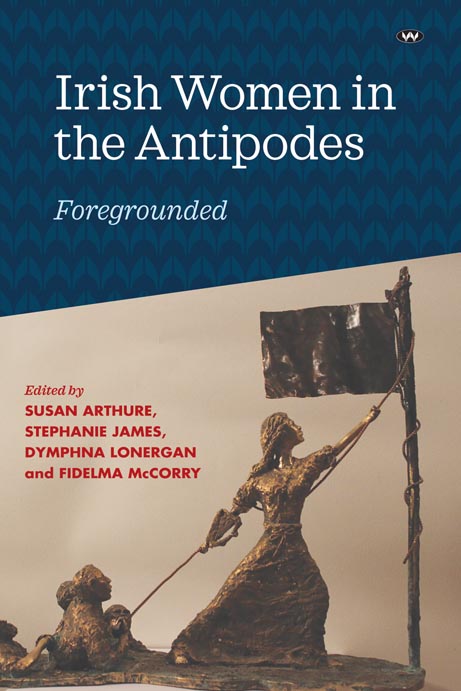
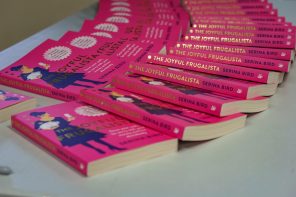
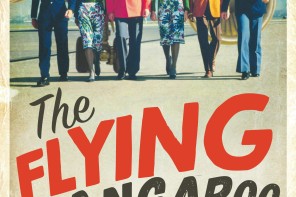
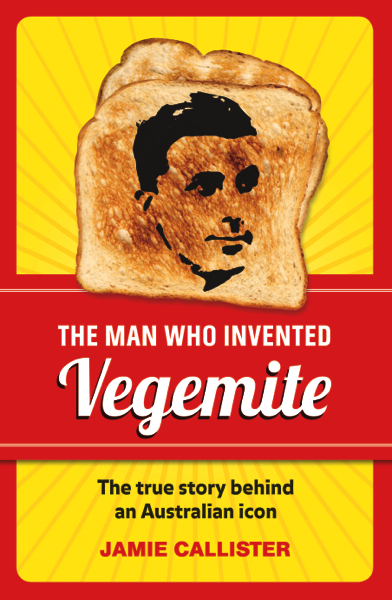

I really enjoyed this review, Maurie, particularly given the family rumours of an ancestor who was one of the women in the Earl grey scheme.